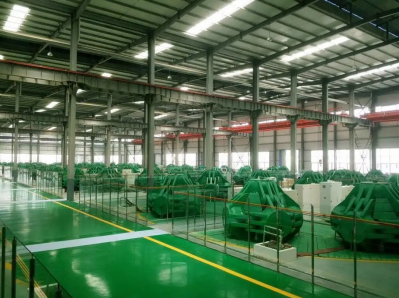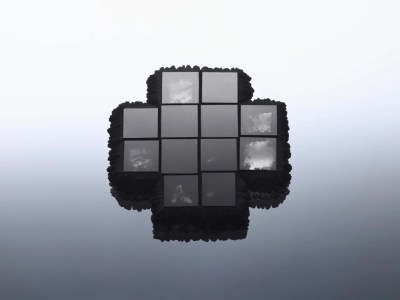They say you can buy anything on the Internet if you know the right places to go, and apparently if you’re in the mood to make diamonds, then Alibaba is the spot. You even have your choice of high-pressure, high-temperature (HPHT) machine for $200,000, or a chemical vapor deposition (CVD) version, which costs more than twice as much. Here’s a bit more about how each process works.

Of course, you’ll need way more than just the machine and a power outlet. Additional resources are a must, and some expertise would go a long way. Even so, you end up with raw diamonds that need to be processed in order to become gems or industrial components.
For HPHT, you’d also need a bunch of good graphite, catalysts such as iron and cobalt, and precise control systems for temperature and pressure, none of which are included as a kit with the machine.
For CVD, you’d need methane and hydrogen gases, and precise control of microwaves or hot filaments. In either case, you’re not getting anywhere without diamond seed crystals.
Right now, the idea of Joe Hacker making diamonds in his garage seems about as far off as home 3D printing did in about 1985. But we got there, didn’t we? Hey, it’s a thought.
Main and thumbnail images via Unsplash













